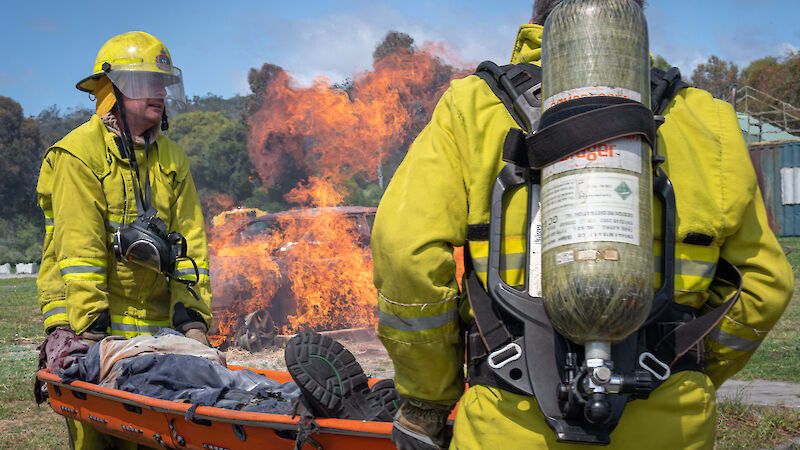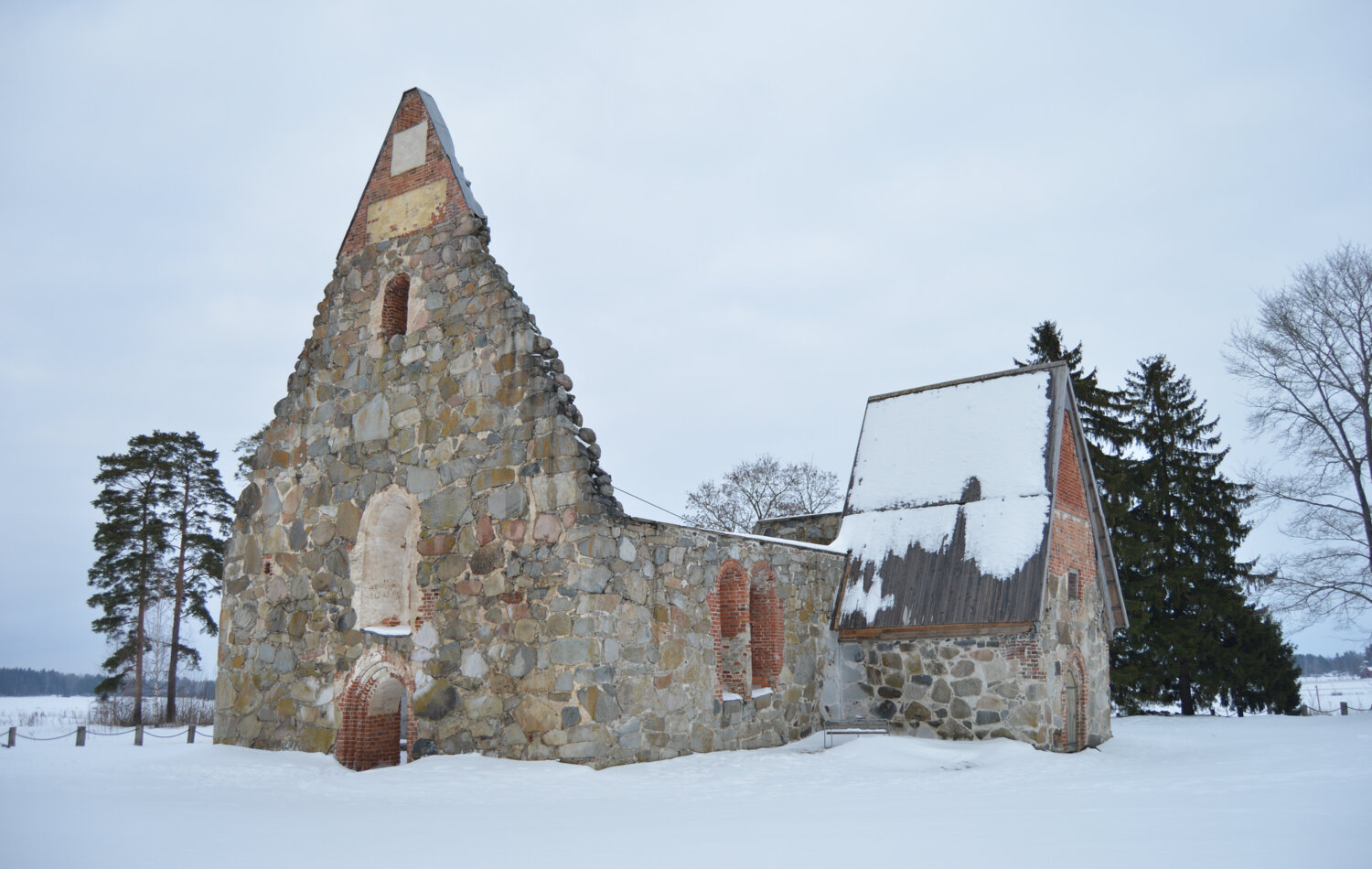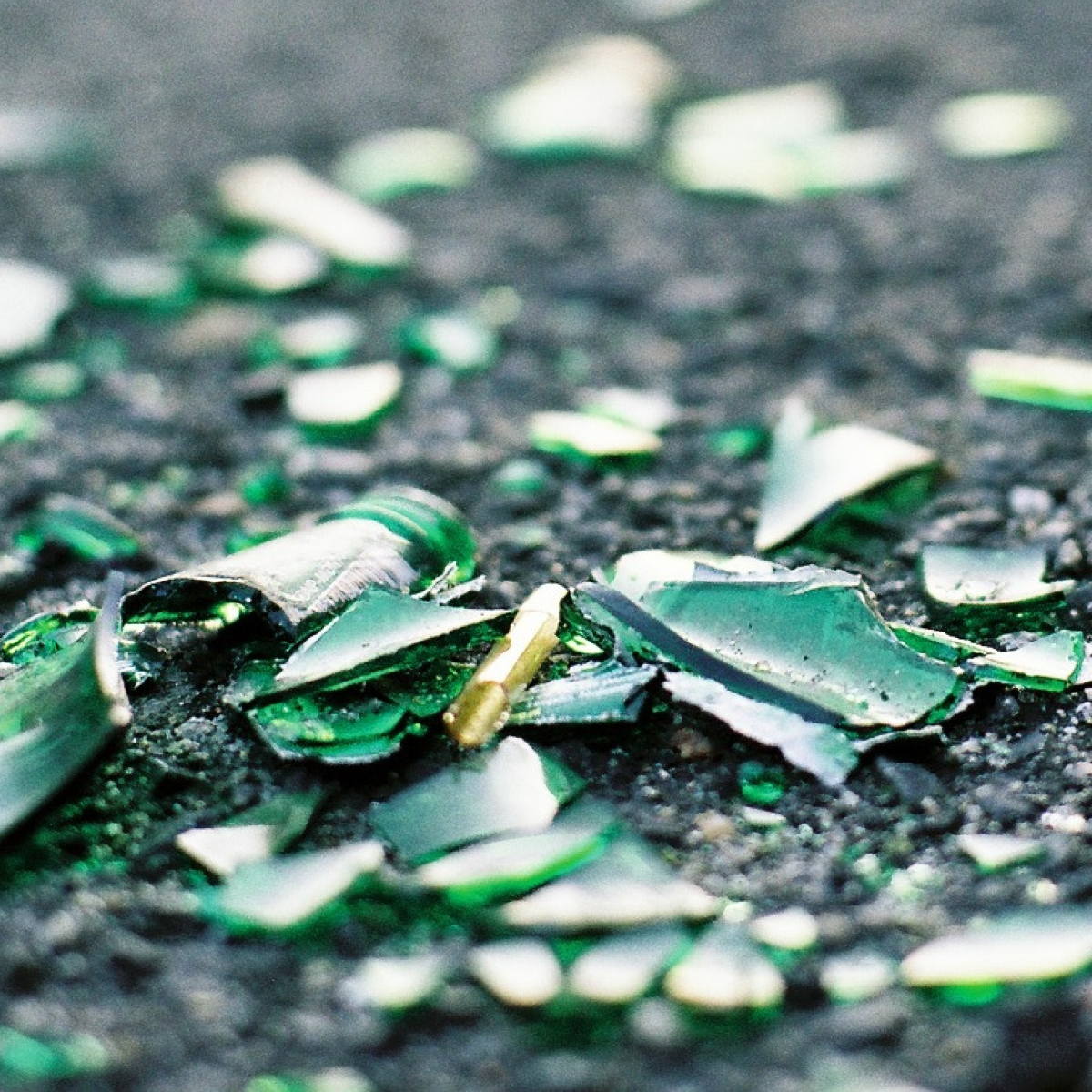Firefighting in remote areas is never easy, but in Antarctica – the driest, coldest, windiest continent on the planet – fire presents a constant risk with unique challenges.

This week, 14 Antarctic expeditioners preparing to head south received specialist fire training with Tasmania Fire Service (TFS) near Hobart.
The expeditioners were being trained to join fire teams on station.
They were tested on realistic scenarios involving protective equipment, breathing apparatus, extinguishers, water hoses and burning structures.
In one scenario, the team ‘rescued’ a person from a smoke-filled shipping container, when the ‘Station Leader’ radioed that his vehicle was on fire.
This required the team to quickly don protective equipment for a ‘snatch-and-grab’ of the injured ‘expeditioner’, then extinguish the roaring fire.
TFS instructor Chris Brown said the training is designed to address Antarctic conditions.
“Hoses may well freeze in winter,” he said.
“Fire extinguishers could be the first and only line of defence.”
Dealing with a fire inside fully sealed and insulated buildings, as they are at Australian research stations, requires knowledge of how to safely use breathing apparatus.
“Fire teams on Antarctic stations have to be self-reliant – they’re not able to call up the fire brigade to help them,” said Mr Brown.
Field training officer Maddie Ovens will spend the winter of 2021 at Casey research station, and enjoyed her first experience of fire training.
“Breathing apparatus was new to me, and it’s surprising how hot it gets inside protective clothing and structures when dealing with a fire.”
“I hadn’t used a fire hose before, and dragging one full of water was fairly hard work.”
Instructors said the expeditioners were impressive in how well they worked and communicated together as an emergency response team, after just four days of training.
Once on station, fire teams will undertake regular drills to hone their skills for a safe year on the ice.








